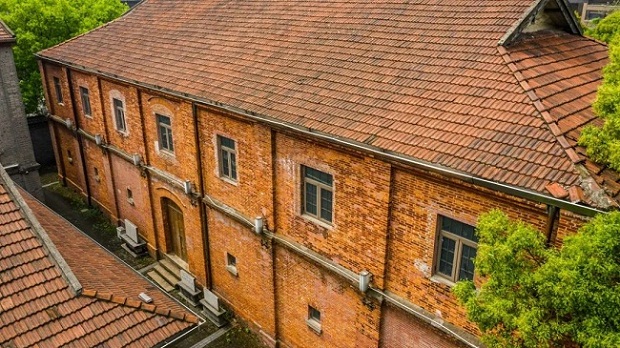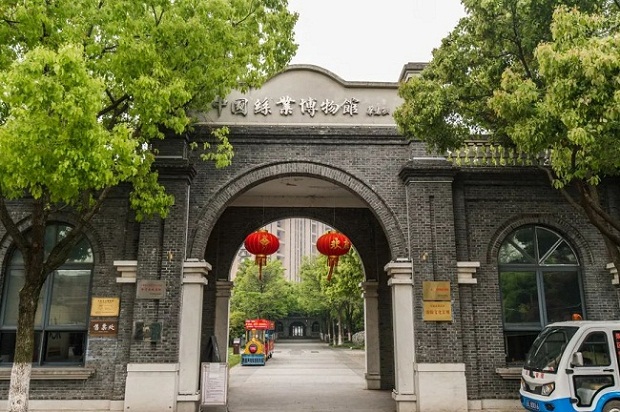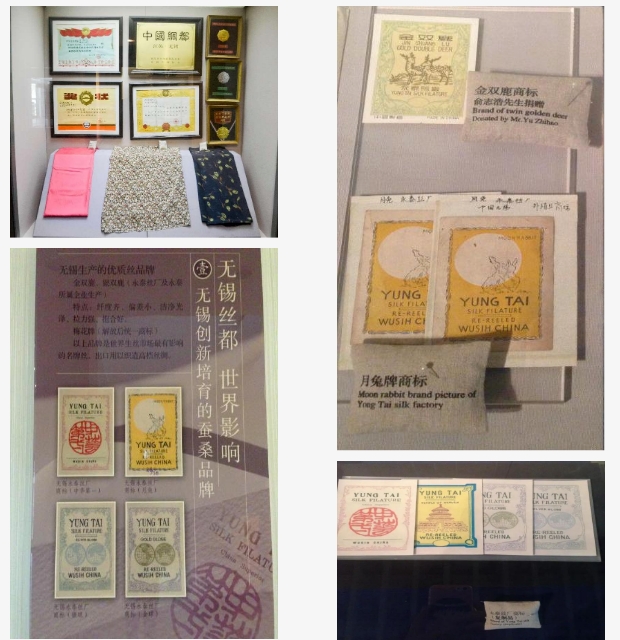Yongtai Silk Filature listed as provincial industrial heritage

An aerial view of the cocoon warehouse at the former site of Yongtai Silk Filature. [Photo/WeChat account: liangxifabu]
Yongtai Silk Filature in Wuxi, East China's Jiangsu province, recently made the list of provincial industrial heritage items released by the provincial department of industry and information technology.
Industrial heritage in Jiangsu refers to the industrial remains that still have historical, technological, social, and artistic value and are recognized by the provincial department of industry and information technology.

The China Silk Industry Museum. [Photo/WeChat account: liangxifabu]
The former site of Yongtai Silk Filature is one of the buildings that witnessed the development of modern Chinese industry and commerce in Wuxi.
The well-preserved architecture consist of workshops, preparation buildings, a cocoon warehouse, and the residence of Xue Nanming, who was the owner of the filature.
Built in 1919 by Xue, Yongtai Silk adopted advanced technologies, owned more than 20 pieces of equipment, and hired over 150 employees, making it the then largest machinery factory in Wuxi.

Documents related to the Yongtai Silk Filature are collected by the China Silk Industry Museum. [Photo/WeChat account: liangxifabu]
In 2007, Yongtai Silk was reconstructed into the China Silk Industry Museum to showcase the country's silk industry as well as the splendid history of the silk industry in Wuxi. The museum preserves more than 200 Yongtai Silk objects, including those related to its world-renowned brand "Twin Golden Deer", and each year receives nearly 30,000 visitors.

 WeChat
WeChat
 Weibo
Weibo